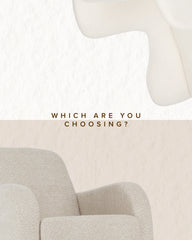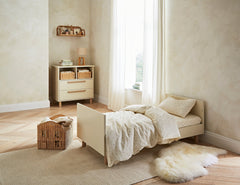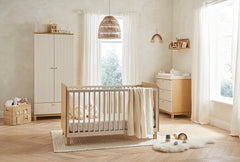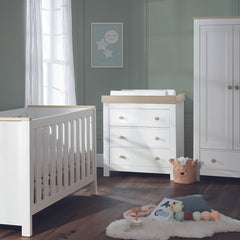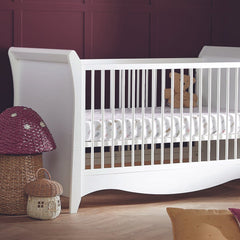Looking for something specific?
Take a look at our blog categories and get the advice and guidance you need!
Parenting Tips & Support
becoming a parent is one of the greatest things in life, but it can also be one of the scariest! the uncertainty of what parenthood will bring can spook anyone, but we hope to calm those nerves with a little advice from the experts.

Turning your cot bed into a toddler bed marks an important moment in your child’s development - and with CuddleCo, it’s easy to do. Within this blog is a step-by-step conversion guide.

Unlike a standard cot, a cot bed adapts as your little one grows. What starts as a cosy, secure cot for those early months can later be transformed into a toddler bed, giving your family years of use from a single piece of furniture.

With parents on our team who have children ranging from newborn all the way through to teenagers, we’ve gathered some honest, heartfelt pregnancy tips straight from our own office. Whether you’re in your first trimester or counting down the days to your due date, here are 11 self-care tips for pregnancy. These are the small but meaningful things that helped us navigate pregnancy - shared in the hope they’ll help you too.

Grief after baby loss is unique to every family, but what truly helps is knowing they are not alone. Simple acts of acknowledgement, remembering their baby, offering practical support, or just listening without judgement, can provide real comfort. It’s not about finding the perfect words, but about being present with compassion.
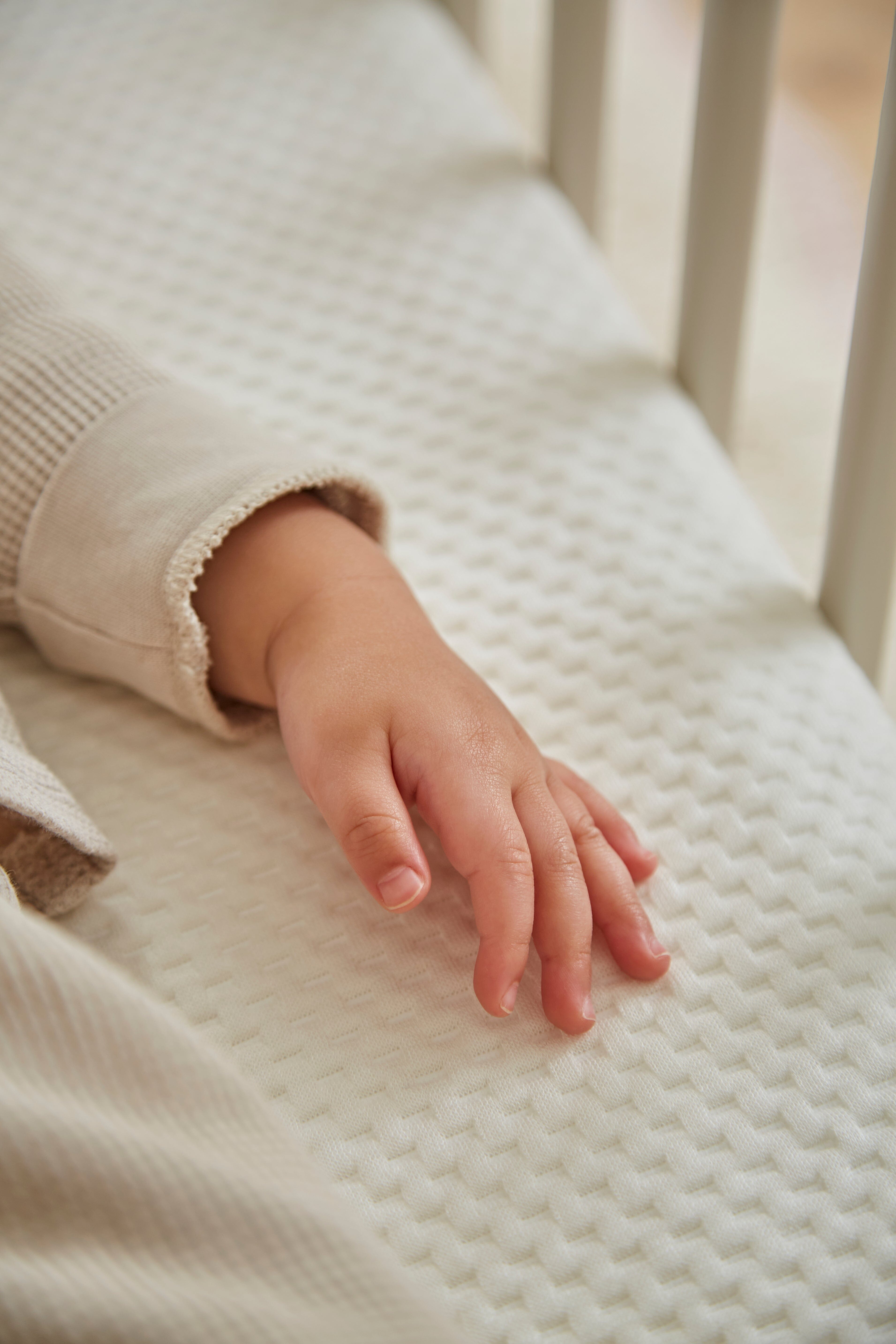
At CuddleCo, we support families through every stage of the early years. Our expert guidance is designed to make parenting feel simpler, calmer, and more confident, whether you’re choosing your first cot bed or starting potty training.
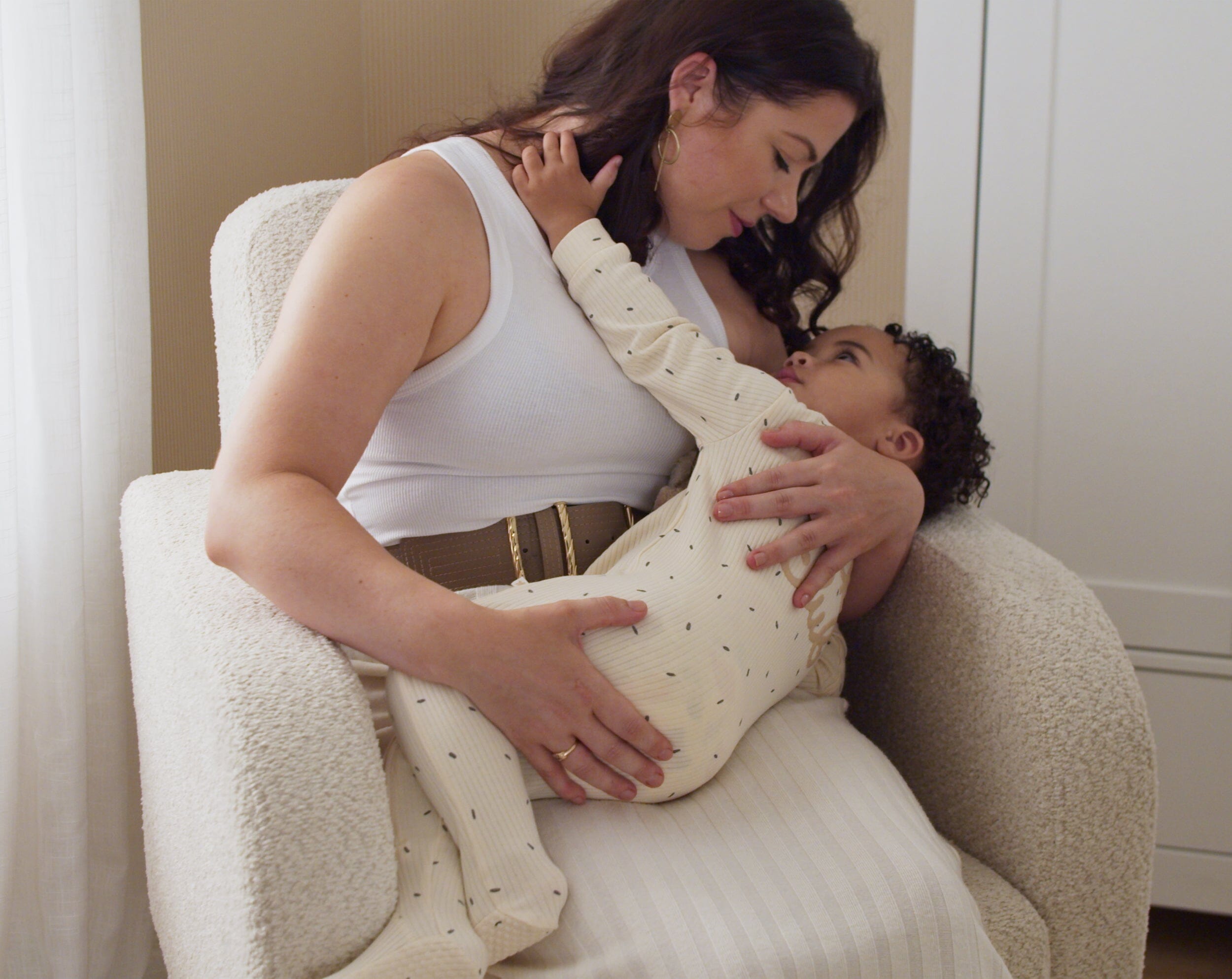
Real mums share their honest feeding stories, covering breastfeeding, expressing, combination feeding and more. As Breastfeeding Awareness Month approaches, their experiences offer reassurance, inspiration, and support to parents at every stage of their journey.
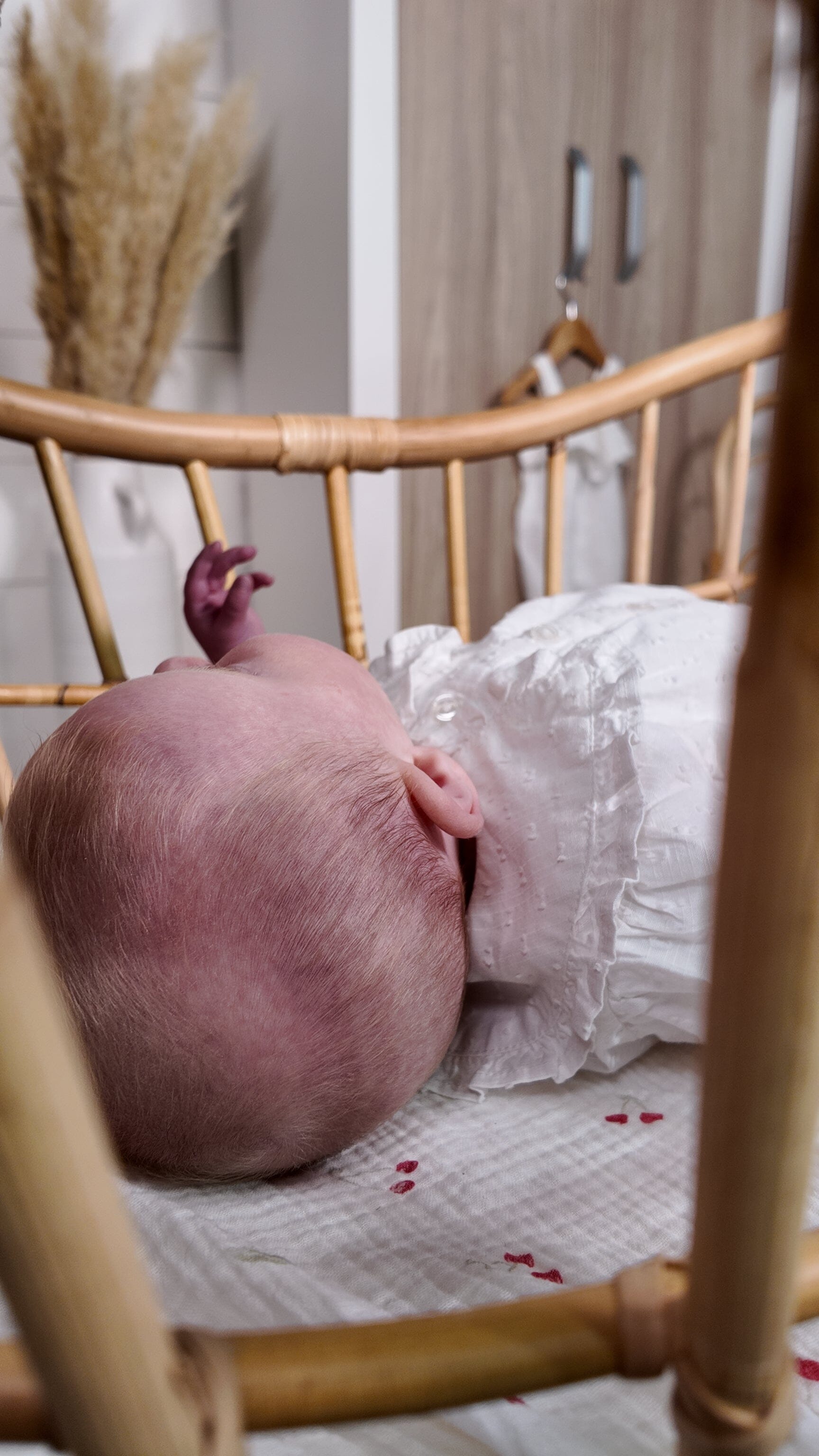
Summer with a baby can be full of fun, fresh air, and first-time experiences, but it also comes with its challenges. From travel tips and sleep routines to sensory play and staying cool, this guide shares practical advice to help you and your little one enjoy the season with ease.
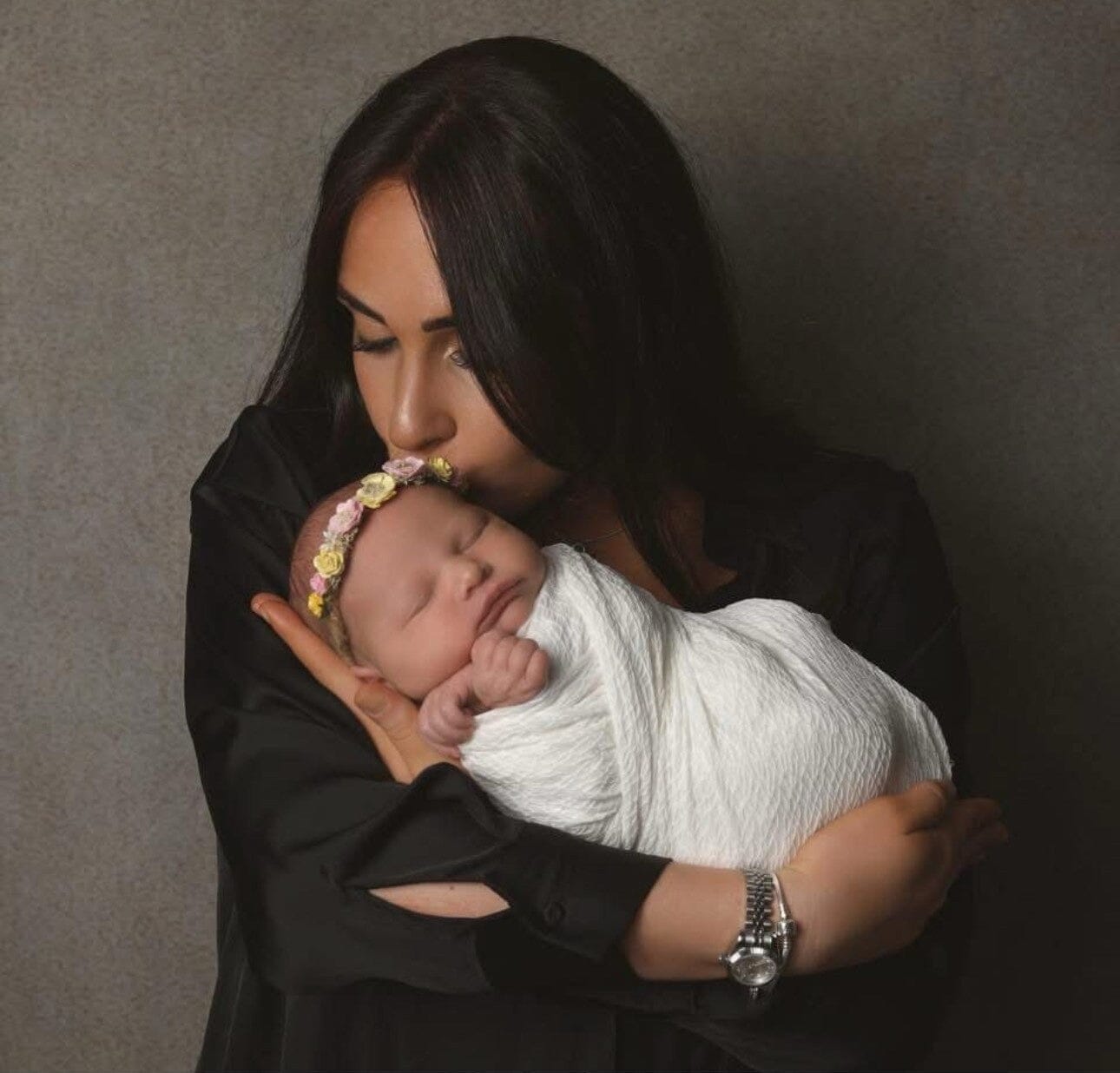
In this blog, we’re hearing from sleep expert, Helena, a certified infant and child sleep consultant. Drawing on both her professional experience and her journey as a mum, Helena shares her top four tips to help improve your baby’s sleep if their experiencing split nights.

One last getaway for you and you’re partner before your little one arrives may be at the top of your to-do list. Over the years, the babymoon trend has exploded with the help of celebrities leading the way, such as Love Island stars Olivia and Alex Bowen. Who posted snaps of their babymoon in Tenerife. Before the arrival of their baby boy, Abel, in June.

Travel companies like Jet2holidays and First Choice even have pages on their site dedicated to babymoon destinations. But before you book your last hurrah. You should research and speak to your doctor or midwife about flying when pregnant. So you can plan ahead to ensure your babymoon is as relaxing as possible.
When to Travel During Pregnancy
Every pregnancy is different, and what you experience during a certain stage of pregnancy may be the complete opposite of what your friend does. However, the first 12 weeks, also known as the first trimester, can be particularly tiring. In early pregnancy, you may experience morning sickness and nausea. Therefore, you may want to avoid taking a trip away during this time. Plus, the risk of miscarriage is higher in the first 3 months, whether you’re travelling or not.
Another period you should avoid flying is during the final months of your pregnancy. It’s common to feel more and more uncomfortable the closer to the due date you get. You may struggle to sleep with your bump or experience leg cramps when trying to drift off to sleep.
For many pregnant women, the best time to travel and take that pre-baby holiday is in the second trimester, which is between 4 and 6 months.

Weeks of Pregnancy
After 28 weeks, your airline may request a letter from your doctor or midwife. That confirms your due date and that you’re not at risk of any complications.
It is important to consider that some airlines may not let you fly towards the end of your pregnancy. One reason is that the chance of going into labour is naturally higher after 37 weeks or around 32 weeks if you’re expecting twins. According to the NHS Start4Life website, at 37 weeks, your baby could make an appearance at any time, and this would not be considered early.
Travel Insurance
When shopping for travel insurance before you jet off, it’s important to bear in mind every eventuality. You should make sure you’re covered for all circumstances, such as an early birth, medical care during labour and the cost of changing your return trip if you do go into labour.
Plan Ahead
As we mentioned at the start, planning is the key to a stress-free babymoon. Once you’ve decided on the destination you’d like to visit. Make sure you research before booking your flights to ensure there are healthcare facilities nearby, should you need them.
It’s also a good idea to take a copy of your maternity notes/medical records in your hand luggage. Along with any medication you require while away. Another thing you may find useful is speaking to your midwife or doctor about any concerns you have before setting off for your trip, especially if you’re travelling later in your pregnancy.

Long-distance Travel
For most pregnant women, spending longer than 4 hours on a plane is their worst nightmare. However, if you’re thinking about taking a long-haul flight, you should be aware that it carries a small risk of blood clots – Deep Vein Thrombosis (DVT). To reduce the risk of this happening, you may want to wear compression stockings.
You should also drink plenty of water to avoid dehydration and try to reserve an aisle seat or one with extra leg room.
Remember to get out of your seat and move around regularly. You should aim to do this every 30 minutes or so.
Destination
Choosing the right destination for your babymoon can be a difficult task. But there are a few factors you should take into consideration:
- Will you need any travel vaccinations? (Ask your Midwife or GP about travel vaccinations).
- What will the weather be like?
- How long is the flight?
Tips for When You Get There
- Drink bottled water if unsure whether the tap water is safe to drink.
- Be careful when eating and drinking to avoid water-borne conditions, for example an upset stomach and travellers’ diarrhoea – keep this in mind when washing fruit and veg.
- Pack suitable clothes and shoes that you’ll be comfortable in. Remember, your feet may swell in warm temperatures.
- Be mindful when planning activities, and don’t push yourself too hard. A babymoon is supposed to be relaxing.
- If you’re going to a sunny destination, be sure to pack a higher SPF, as your skin is more sensitive when pregnant.
- Make sure you don’t lift any heavy suitcases or bags.
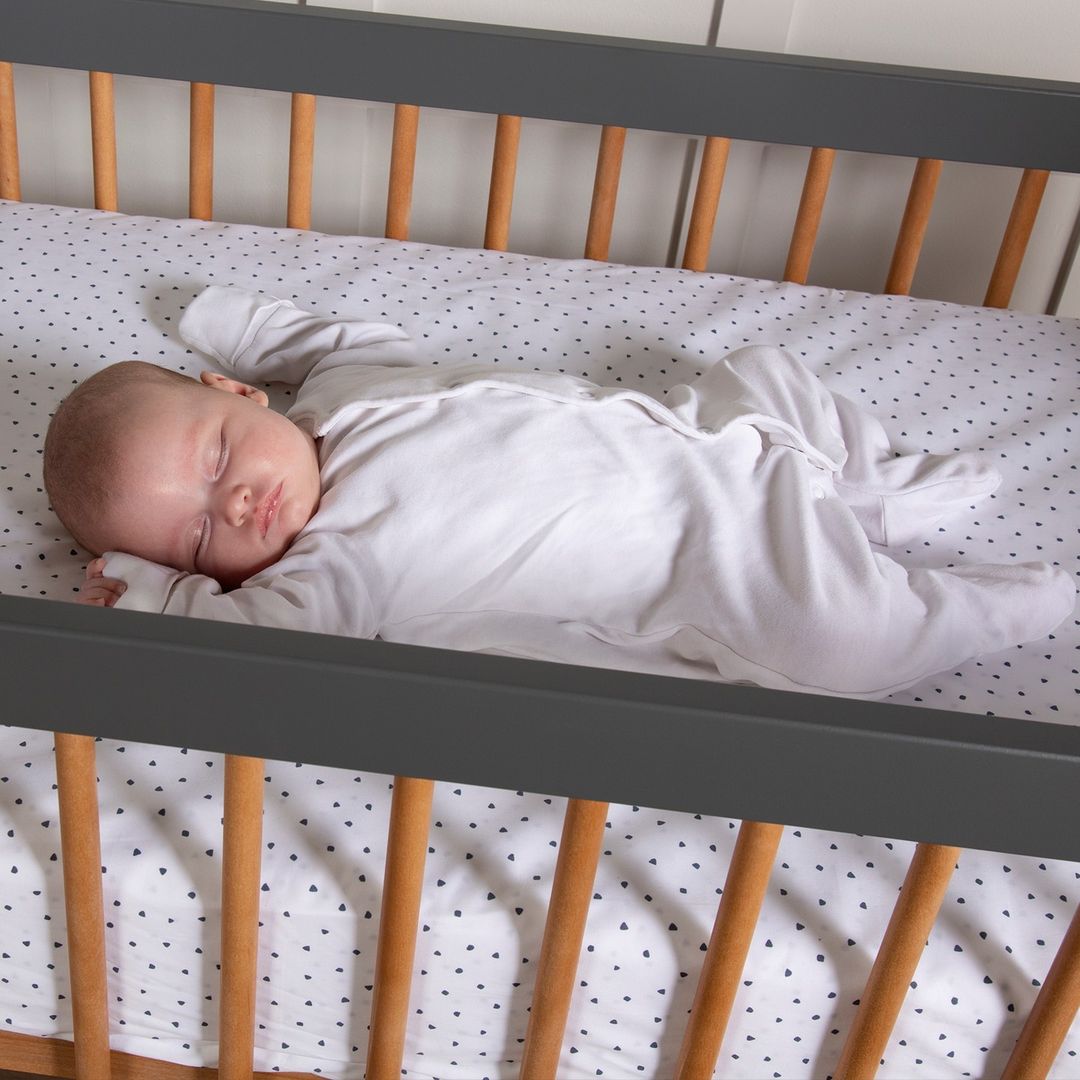
Whether you are a first-time mum or are expecting your second child, it is important to refresh your knowledge on safe sleeping practices for babies. Becoming a parent comes with new-found anxieties that you have never experienced before. And sometimes, these worries can overshadow your first few weeks of bonding with your little one. To help you conquer any fears you may have about putting your baby to sleep. We have created this blog post where you can find advice, guidance and the Do’s and Don’ts of safe sleeping.
What is Safe Sleeping Advice?
Safe sleeping advice is introduced to expecting parents to ensure that they are taking the necessary actions to significantly reduce the risk of sudden infant death syndrome (SIDS). Also more well known as cot death. It provides parents with the information they need to put their baby to sleep safely through the day and night.

Where Should my Baby Sleep?
The NHS recommends that for the first 6 months, your baby should sleep in the same room as you. The safest place for your baby to sleep is either in a moses basket, crib or cot. Always make sure that you place your baby on their back to sleep.
Can my Baby Sleep in my Bed?
As advised by the Lullaby Trust, babies should sleep in a clear, safe sleep space, which is easy to create in a cot or moses basket. However, it is a personal choice. Below is some guidance from the Lullaby Trust on how to make your bed a safer place for your baby to sleep.
DO
- Ensure that you keep pillows, sheets, blankets and any other items that could obstruct your baby’s breathing or cause them to overheat away from them.
- Make sure that your baby won’t fall out of bed or get trapped between the mattress and the wall.
- Follow all other safer sleep advice.
DON'T
- Do not let pets or other children in the bed.
- Do not co-sleep if you or your partner smoke.
- Do not co-sleep if you or your partner has drunk alcohol or taken drugs (including medications that may make you drowsy).
- Do not co-sleep if your baby was born premature or at a low weight.
- Never sleep with your baby on a sofa or armchair.
You should never share a bed with your baby if any of the points above apply to you or your partner.
What Type of Blanket Should I use to Cover my Baby?
You should never cover your baby with a bulky quilt, duvet or fluffy blanket. This type of bedding can make it difficult for your baby to breathe and cool down. Lightweight blankets are the best type to use as you can easily adjust the temperature by layering one or more. Remember, a folded blanket counts as 2 blankets.
Your baby’s blanket should not go above their shoulders. To prevent their blanket from moving in the night, tuck it securely under their arms. You should also place them in the ‘feet to foot’ position. It means that their feet are at the end of the moses basket, crib or cot. Instead of a blanket, you may want to use a well-fitting baby sleep bag with the correct tog value.
How do I Know if my Baby is too Warm or Cold?
According to experts, the ideal temperature for your baby’s room is between 16 and 20 degrees. The best way to check if your baby is too warm is by checking the back of their neck to make sure their skin doesn’t feel hot, clammy or sweaty to touch. But remember, if they are unwell, they may feel warmer than usual. In this instance, you would use fewer bedclothes. Another way to check whether the temperature in your baby’s room is comfortable is to get a room thermometer.
What Should my Baby Wear for Bed?
The first thing to take into account when dressing your baby for bed is their room temperature. Knowing the temperature of their nursery will help you make an informed decision on what to dress them in. Remember your baby should never wear a hat to bed as their head is important for maintaining their body temperature. It is how they release heat.
Below is a helpful infographic with guidance on what your baby should wear to bed, depending on what the room temperature is.

Does Breastfeeding Reduce the Risk of SIDS?
Yes. A 2017 study found that breastfeeding for at least two months, even if supplemented with formula, can cut the risk of SIDS in half. Furthermore, the Department of Health recommends that babies are fed only breast milk for at least 6 months.
Unfortunately, breastfeeding isn’t an easy experience for every new mum. But if you’re struggling, you can reach out to the National Breastfeeding Helpline for advice and help on 0300 100 0212.
More Safe Sleeping Practices
- Use a firm and flat mattress that is protected by a waterproof cover, making sure that it is the correct size for your moses basket, crib or cot.
- Don’t use sleep positioners to keep your baby in one position unless advised by a health professional.
- Keep your baby’s sleep space clear of pillows, bumpers, soft toys, pods or nests.
- Keep your home smoke free.
Always Ask if Unsure
When it comes to the safety of your baby, no question is stupid. Your midwife or health professional will be happy to answer any questions you may have. There are also many trusted organisations online, such as the Lullaby Trust or the NHS, that have a great range of resources that cover safe sleep practices.
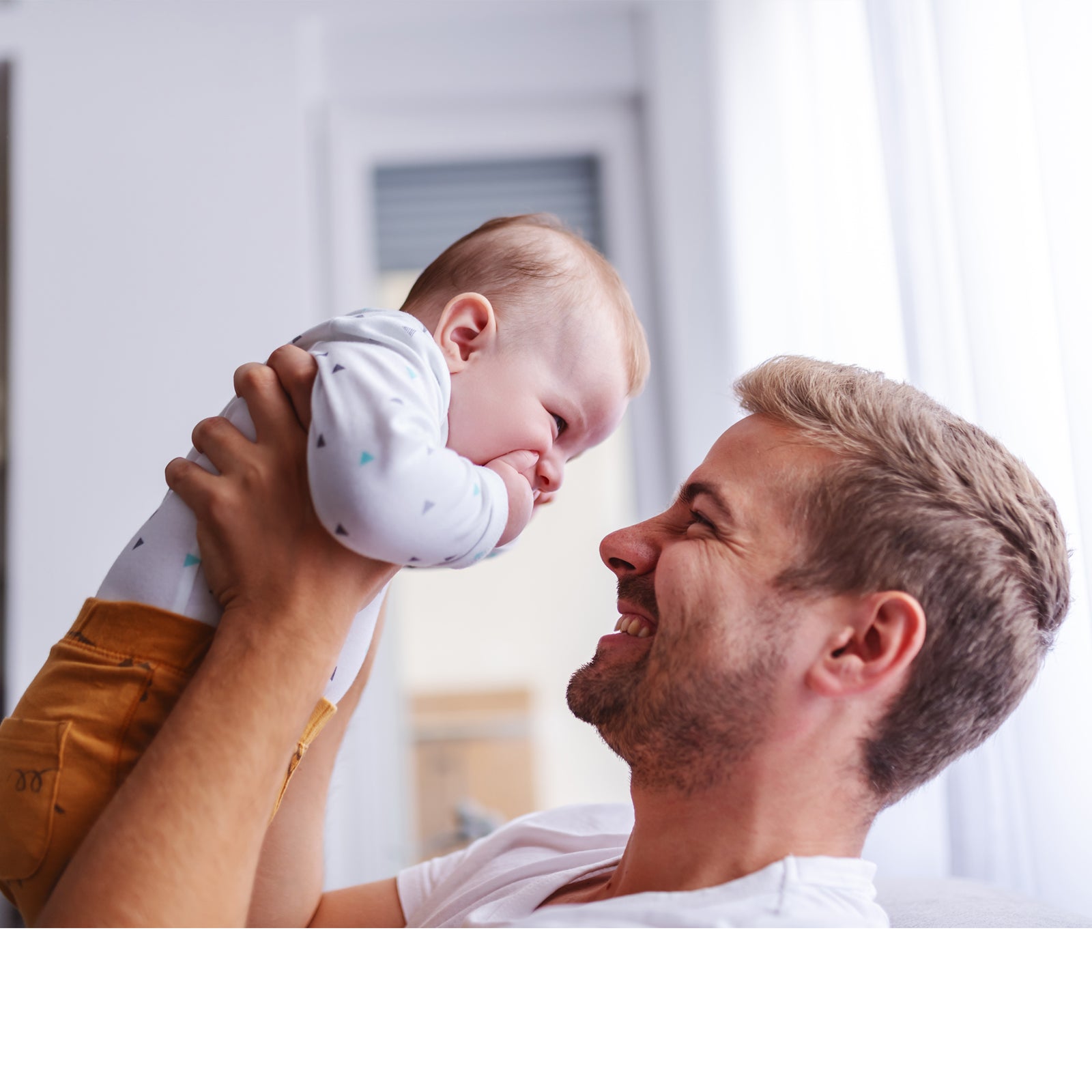
Child Safety Week is a community education campaign that happens once a year and is championed by the Child Accident Prevention Trust. The charity’s aim is to reduce the number of children and young people killed, disabled or seriously injured in accidents. One way the charity works towards this is by giving free child safety advice to parents and carers to ensure that they have the tools and information required to keep their little ones safe.
This year, Child Safety Week runs from Monday 6th to Sunday 12th of June with the theme of Safety in mind.
In honour of this important week, we have decided to use our resources and expert knowledge to create a series of blog posts. These posts will be dedicated to 4 different safety topics to inform you about real risks that your children are exposed to daily. However, the purpose of these blog posts isn’t to instil you with fear. Instead, we want to provide you with the information you need to deal with these situations confidently and calmly.
The Safety Topics
In this blog, we will cover the main aspects of safe sleep for babies to reduce the risk of sudden infant death syndrome (SIDS). We will focus on common questions about safer sleep and precautions you and your family can take before putting your baby to sleep.
This post is a must-read if you are about to start the weaning journey with your baby. We will empower you with the knowledge you need to safely wean your baby. And will look at weaning essentials, foods to avoid and much more.
A car seat is one of the many things you need to buy before your baby is born. This blog post will act as a guide to choosing the most suitable car seat for your new arrival and will help you better understand the safety regulations and laws in place.
Taking the time to baby-proof your house is an important process that all parents will have to go through before your little one is able to crawl. If you are unsure where to start, this blog post is an essential read.
Make sure you check back in each day this week when we will be publishing a new safety article. For more information on Child Safety, make sure you head over to the Child Accident Prevention Trust (CAPT) website.
In the meantime, you can read the safety-related blog posts that we already have on our website, such as ‘What is the Best Cot Mattress for Your Baby' and ‘How to Get a Baby to Sleep on Its Back’.

Travelling with a baby can be quite a daunting thought when you consider the day-to-day essentials this tiny human needs. Add to this the sun, an unfamiliar environment and time spent on a plane with a fussy baby, you have enough reasons to avoid booking a holiday altogether. However, we're here to take any anxieties you may have about travelling abroad and replace them with excitement about creating lasting memories with your little one.
Plan Ahead
Just like you would plan for a trip to grandma's or a stroll around the park. Going on holiday is no different, it just requires a little more thought. The more careful planning you do before your departure date will make for a more relaxing holiday for the whole family. Our list of baby holiday essentials will help you begin to develop a checklist of everything your baby will need during your trip away.
Doona Car Seat
The Doona Car Seat is a holiday must-have. It is the world's first complete and fully integrated travel system, allowing you to move from car seat to stroller in seconds. Not only is it practical, but it has been designed alongside medical and engineering experts to ensure that the baby's body is properly supported in the correct ergonomic position. Furthermore, it is TUV and FAA Aircraft Approved for travel. So, whether you are wandering along the promenade or exploring in a rental car, the Doona has everything you need to keep your baby safe and supported.
Sun Protection
It is important to keep your baby out of the sun as much as possible while on holiday. The NHS states that babies under the age of 6 months should not be in the sun at all, and babies over the age of 6 months should be kept out of the midday sun between 11am and 3pm. However, sun protection doesn't just include using an appropriate sunscreen. You should also consider buying a suitable sun cover for the stroller. The Doona 350° Car Seat Sun and Insect Protection Net has been created to protect against direct sunlight and insects.
First Aid Kit
A first aid kit is a baby holiday essential that should be a priority on your checklist. Hopefully, you will not need it, but it is better to have it on hand should it be required. As recommended by the NHS, your first aid kit should contain paracetamol suspension, ibuprofen suspension, barrier cream, a thermometer and rehydration sachets.
Changing Mat
Make sure your holiday is as stress-free as possible with a quality changing mat. This baby holiday essential will ensure that each nappy change is on a hygienic surface and involves as little mess as possible. Any accidents can easily be wiped clean on a waterproof changing mat. During your time away, you may want to explore outside of the hotel. Therefore, a changing mat is a must-have for when you are unsure what facilities the local restaurants and shops have.
A Bag for Essentials
Whether you are spending the day around the pool or heading out to explore, you will need a bag to store your baby's essentials. We recommend making an alternative checklist dedicated to this bag, so you always have everything you need nearby. There is nothing more annoying than having to return to your hotel room to grab something that has slipped your mind. Some items you may want to consider for the bag are sunscreen, muslins and swim nappies.
Travel Cot
Although some holiday accommodations provide a travel cot, you will need to check beforehand. Remember to pack a cot sheet to make sure that your little one has a comfortable night's sleep. Don't worry if your hotel doesn't provide a travel cot as they are lightweight and easy to pack away. They are also an investment as they will come in handy for any future holidays or trips away.
Time to Make Some Memories
Now that you have put together your checklist of baby holiday essentials, it is time to make the most of your time away from home together. Remember to take lots of pictures and enjoy every moment!
check out our latest articles
Etta vs. Marley: The Ultimate Nursing Chair Showdown
Spoiler alert: everyone wins (especially you and baby). When it comes to setting up your nursery, there’s one hero piece that often gets overlooked...
read moreA Sleep Solution That Grows With Your Family: Discover CuddleCo’s Cot Beds
Creating the perfect nursery is a beautiful part of preparing for a new arrival. From choosing calming colour palettes to picking out those first...
read moreMeet Shush Consultancy – Certified Child Sleep Consultant
Whether you're in the thick of sleepless nights or just looking to create healthy sleep habits, these gentle, practical suggestions are designed ...
read moreFrom Baby Shower to Nursery: Styling with CuddleCo's Essentials
Planning a baby shower or nesting party is a joyous occasion, celebrating the upcoming arrival of your little one. While balloons and banners add...
read moreTips for Getting a Good Night’s Sleep During Pregnancy
Sleep – that precious luxury. Before pregnancy, you probably drifted off without a second thought. But as your body changes, your bump grows, and...
read moreWe’re Now Online at John Lewis! A Big Moment for CuddleCo.
We’ve got some very exciting news to share — CuddleCo is now officially live at JohnLewis.com! As one of the UK’s most beloved and trusted re...
read moreNursery Checklist: The Essentials You'll Need
You won’t be surprised to learn that having a baby comes with a lot of new “stuff” that you never needed previously. But it can be hard to work o...
read moreHow to Choose the Right Cot Bed For Your Baby
Though it might not seem like it to sleep-deprived mothers, babies sleep most of the time during their first two years of life. This means that the...
read more








